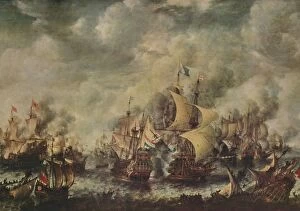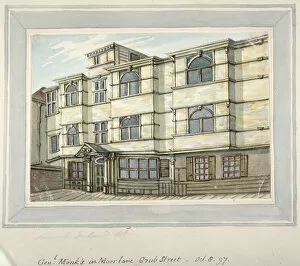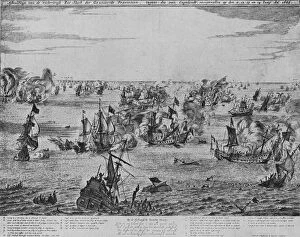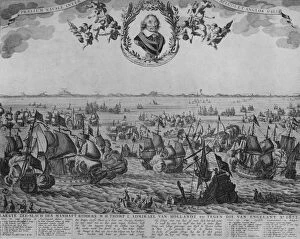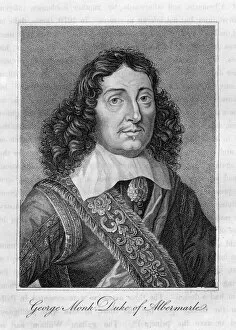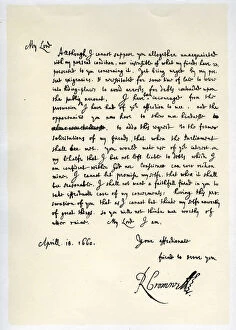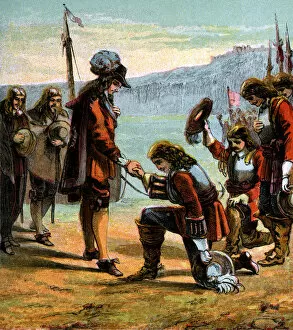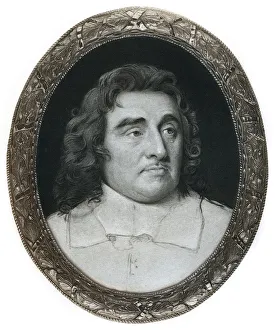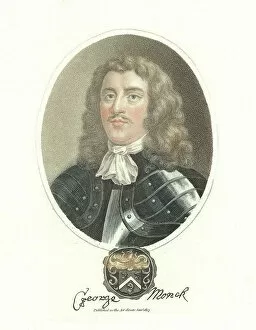Baron Monck Of Potheridge Collection
"Baron Monck of Potheridge: A Stalwart Soldier and Political Strategist" Step back in time to the c1660s, where George Monck, Duke of Albemarle
All Professionally Made to Order for Quick Shipping
"Baron Monck of Potheridge: A Stalwart Soldier and Political Strategist" Step back in time to the c1660s, where George Monck, Duke of Albemarle, emerges as a prominent figure. In Peter Lely's captivating portrait from 1944, we catch a glimpse of this enigmatic man who played a pivotal role during an era filled with political turmoil. Born in 1608 and passing away in 1670, General George Monk left an indelible mark on history. An unknown artist captured his essence in a striking image dating back to 1830. This depiction showcases his commanding presence and unwavering determination. William Henry Mote's portrayal of George Monck transports us to the early-mid 19th century when the Duke of Albemarle was at the height of his power. His influence extended beyond military prowess; he possessed astute political acumen that shaped England's destiny. The Battle off Ter Heyde in August 1653 is immortalized through artistry from 1914. It serves as a reminder of Monk's involvement in significant naval conflicts during this period—a testament to his strategic brilliance. Delve into history further by exploring the House of George Monck on Grub Street (now Milton Street) in London circa 1797. This residence stood witness to countless discussions and decisions that would shape England's future under Monk's guidance. The Four Days Fight around c1667 stands as another milestone etched into Monk's legacy—an epic clash between English and Dutch forces that showcased his tactical genius amidst chaos and uncertainty. Cornelis de Visscher captures the intensity of the Battle of Scheveningen circa 1653—yet another momentous event where General Monck demonstrated exceptional leadership skills amid fierce combat. Uncover insights into Monk's mindset through historical documents like "Letter from General Monck to the Speaker, " penned in 1659.

